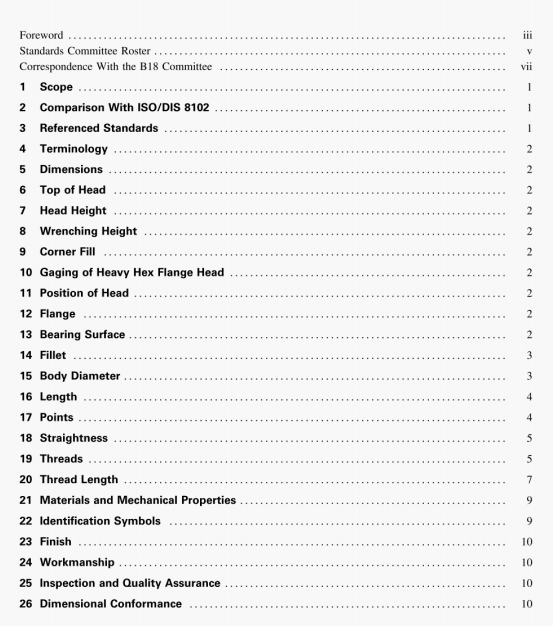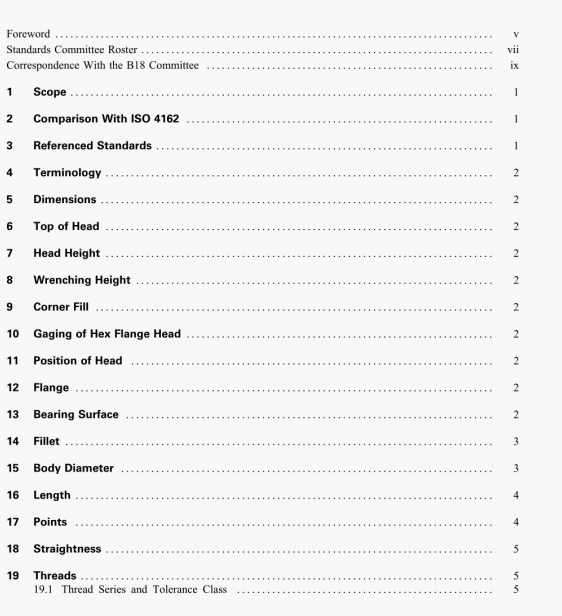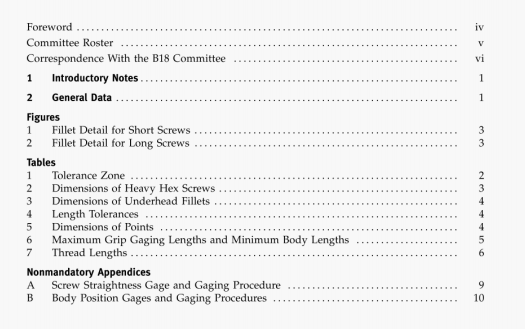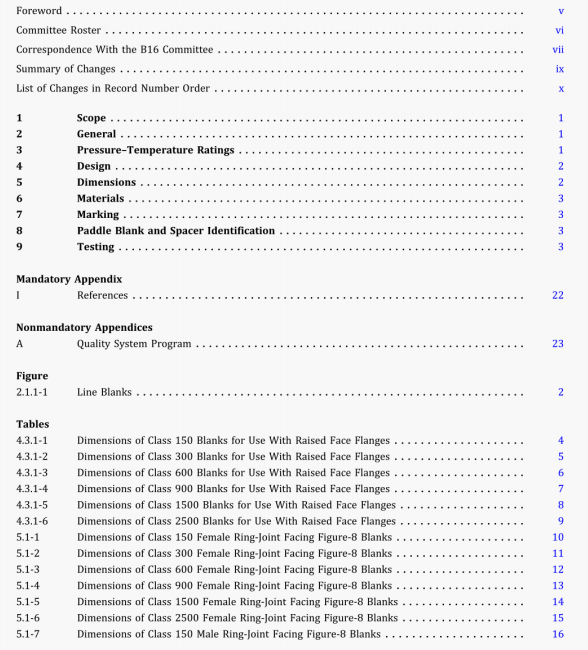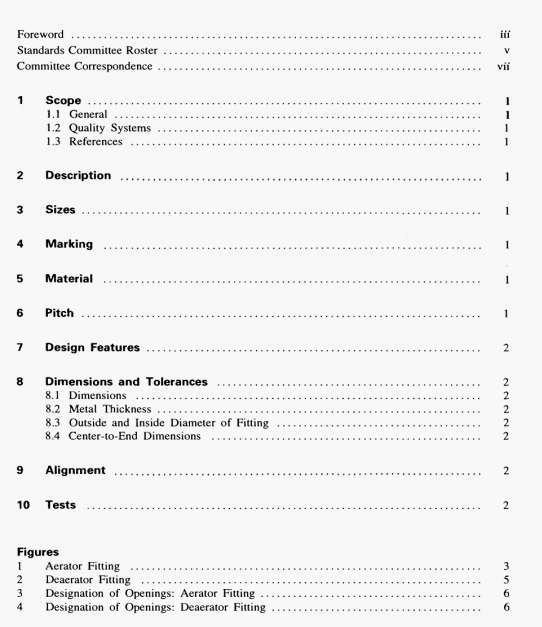Abstract: ASME PTC 39:2005 pdf download.Steam Traps. (a) Manometers shall be of the vertical U-tube or single leg type with a minimum bore of in. (8 mm). Spacing between scale graduations shall not be more than V in. (3 mm). In a single leg manometer...
ASME PTC 39:2005 pdf download.Steam Traps.
(a) Manometers shall be of the vertical U-tube or single leg type with a minimum bore of in. (8 mm). Spacing between scale
graduations shall not be more than V in. (3 mm). In a single leg manometer, means shall be available for adjusting the scale zero
while the instrument is in use. Manometers shall be selected such that the scale length and the manometer fluid density permit a
reading accuracy to within ±0.5% of the measured pressure or pressure differential.
(b) Deadweight gages shall be selected with weights suitable for the pressure range to be measured in accordance with Pit 19.2.
(c) Bourdon gages or other elastic gages may be used for measurements of pressure provided that they are calibrated against a
deadweight gage before and after the test. The ambient temperature of the gage during calibration shall be within 2ODF (10K) of the ambient temperature pevailing during the Code test. The diameter of the scales and the arrangement of graduations shall permit readability to within ± 1.0% of the pressure being measured.
(d) Barometric pressure shall be measured to an accuracv within ±0.1 in. (2.5 mm) of mercury. The barometer shall be located in a stable environment at the test site and shall sense the same pressure as that of the gages and manometers used for the Code test. PTC 19.2 should be used for the procedure for care and maintenance, and the application of appropriate corrections.
(e) Electronic indicators or transmitters used for pressure measurement shall be 0.1% accuracy class and have a total uncertainty
of 0.3% or better of calibrated span. These pressure instruments should be temperature compensated. If temperature compensation is not available, the ambient temperature at the measurement location during the test period must be compared to the temperature
during calibration to determine if the decrease in accuracy is acceptable.
Recommended:
ASME A112.1.2:2012 pdf download ASME 14414:2015 pdf download ASME 30.9:2021 pdf download ASME Y14.1-2020 pdf download